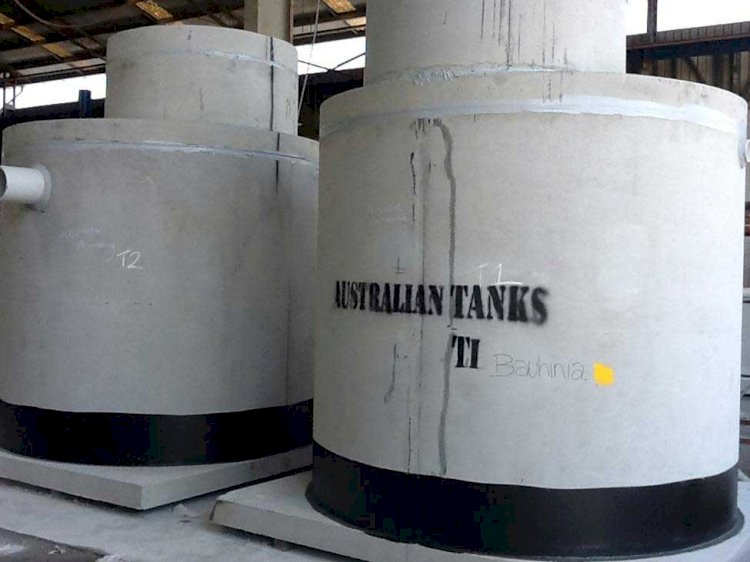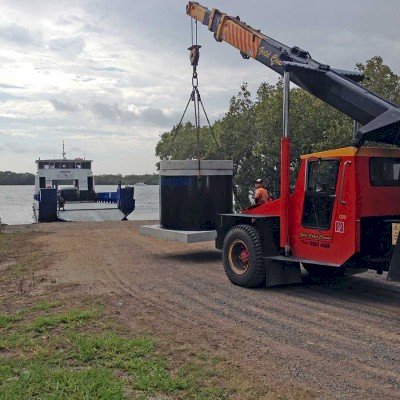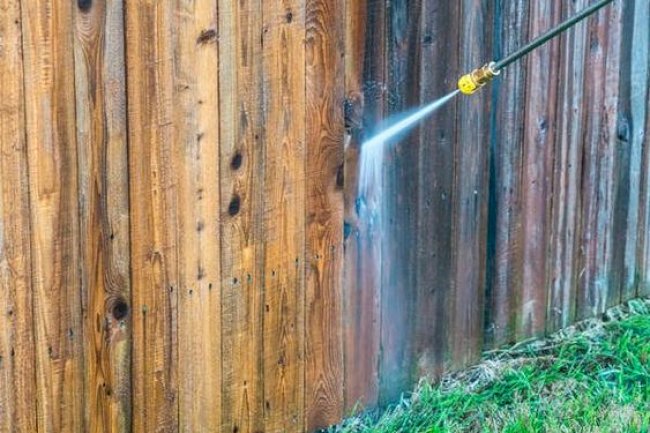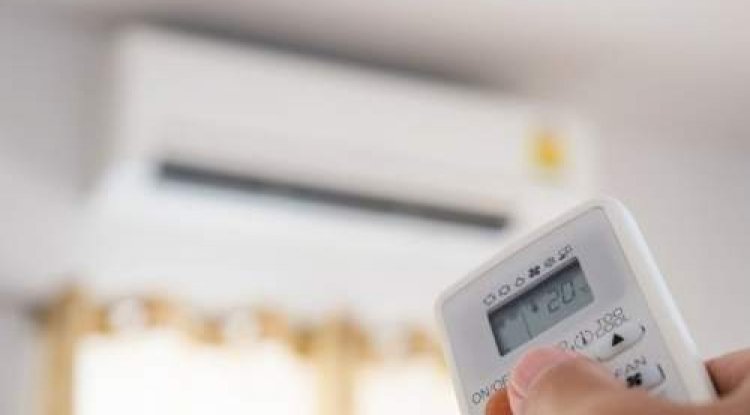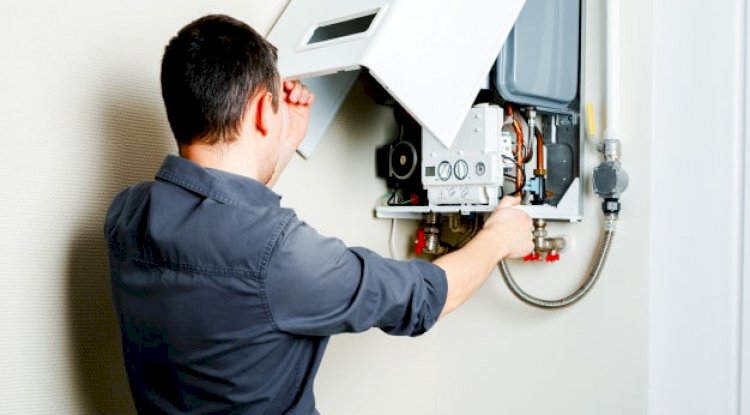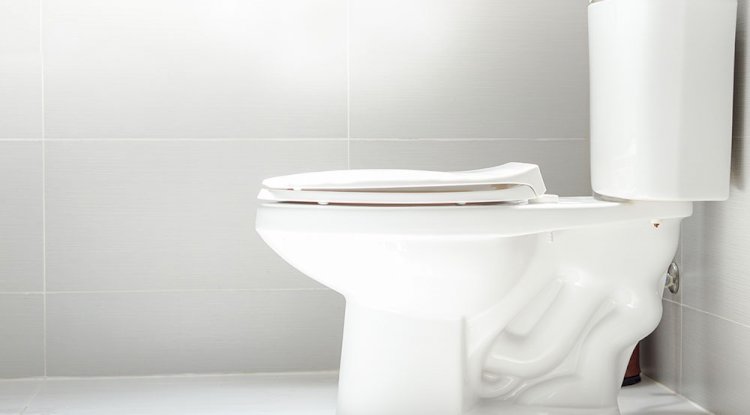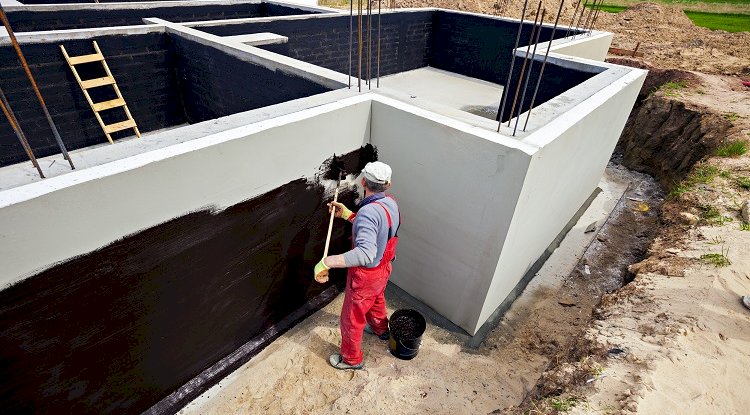The Functions of Storm Water Pumping Stations.
Rainstorms and other forms of surface water can cause water to pool in inconvenient and dangerous places. Sump pump systems, stormwater bypass interceptors, gross pollutant traps, and stormwater pumping stations, among other methods and technological improvements, have been developed to counteract this.
Rainstorms and other forms of surface water can cause water to pool in inconvenient and dangerous places. Sump pump systems, stormwater bypass interceptors, gross pollutant traps, and stormwater pumping stations, among other methods and technological improvements, have been developed to counteract this. With such a diverse choice of goods on the market, it's important to know what each one does and how it affects stormwater management and treatment systems. This article will provide a high-level overview of Sewer and Stormwater Pump Stations, including their benefits and applications.
A stormwater pumping station collects and transports rainwater from a rainfall region, which can range in size from a single home property to commercial parking lots, a subdivision, or an industrial complex. Although a pump station's size and complexity vary as much as its uses, the goal is always to provide protection to a rainfall area that cannot produce enough fall for any existing or planned stormwater system.
Isn't it true that water always flows downhill? But what should I do if I can no longer direct stormwater downward?
Stormwater pump stations and Arrestor systems operate together to clear stormwater accumulation areas. A collection drainage system is made up of grated pits, or sumps, that collect surface water and feed it to a discharge point such as a stream, waterway, or detention pond, independent of the size of the stormwater system. Each sump or discharge point must be lower than the preceding in order for the system to flow effectively; otherwise, stormwater would not flow. When the system becomes too deep to be commercially viable, or when site issues such as groundwater impede further excavation, a stormwater pump station is utilized to collect the water and then boost it to a discharge point without the use of gravity. It accomplishes this by enlisting submersible drainage pumps, which pressurize the water and allow it to overcome gravity.
Pump stations, when used in conjunction with water quality treatment systems, can provide safe and effective drainage or collection areas, resulting in the protection of property and infrastructure, as well as the protection of ecosystems and waterways.
- Gross pollutant traps
- Stormwater bypass interceptors
- Grease Trap Arrestor
- Oil Plate Separators are examples of treatment equipment.
What's the Difference Between Poly and Concrete?
Concrete pump stations are engineered to provide high-strength, whereas poly stormwater pumping stations are designed to be lightweight and quick to install. The faultless single-piece construction of poly stormwater pump stations avoids groundwater penetration, and adequate concrete ballast installation ensures that the pit does not float in a shallow water table location. Pipework and pumps can be installed in poly chambers before they are sent to the job site, saving time during installation.
Precast pump chambers are frequently utilized in areas that demand higher capacities than ordinary poly chambers, such as subdivisions or industrial lots. They're also recommended in areas with a lot of heavy trucks because they're built to resist class D traffic loads and won't collapse or crumble. A precast chamber is made up of multiple increments that are built on-site to make the whole chamber. Because they are made of concrete, they are nevertheless quite heavy and must be built with the help of a site crane before being lowered into the pit. The chamber is then furnished with pipes and pumps on site after it is finished - The water was then evaluated for purity and the pump system's effectiveness.
- Industry processing for commercial use
- Shopping malls
- Basement parking lots
- Schools and Universities
- Docks and Shipyards
- Prisons
- Golf Clubs
- Service Stations
- Hospitals and Nursing Homes
- Mining Camps
To summarise, contacting a stormwater specialist firm is usually a smart option because they can help with planning and will deliver effective and durable products and assistance throughout the installation.
Contact Australian Tank on 1300 282 657 if you require assistance with your next project.
Australian Tank is a one-stop-shop for a variety of water pumping and treatment options, including potable water, stormwater, and wastewater treatment, among others. They provide world-class innovation to municipalities, consulting engineers, and civil contractors by offering the best in packaged and customized designed water solutions. They've worked on a variety of water infrastructure projects, including turnkey treatment systems and water treatment plant improvements, and they provide a full range of disinfection and odor control equipment. Contact Australian Tank to learn how they can assist you with your next project.
Click Here To See More
What's Your Reaction?







